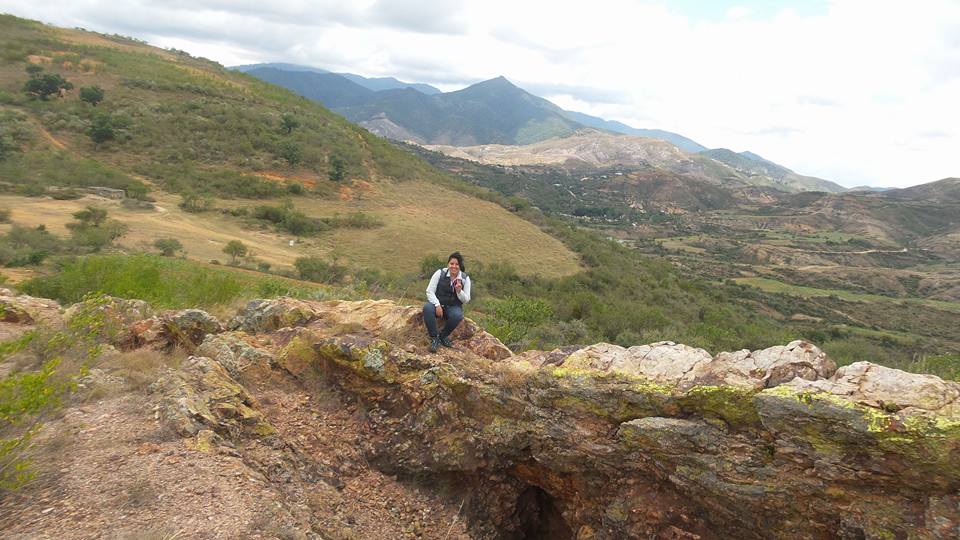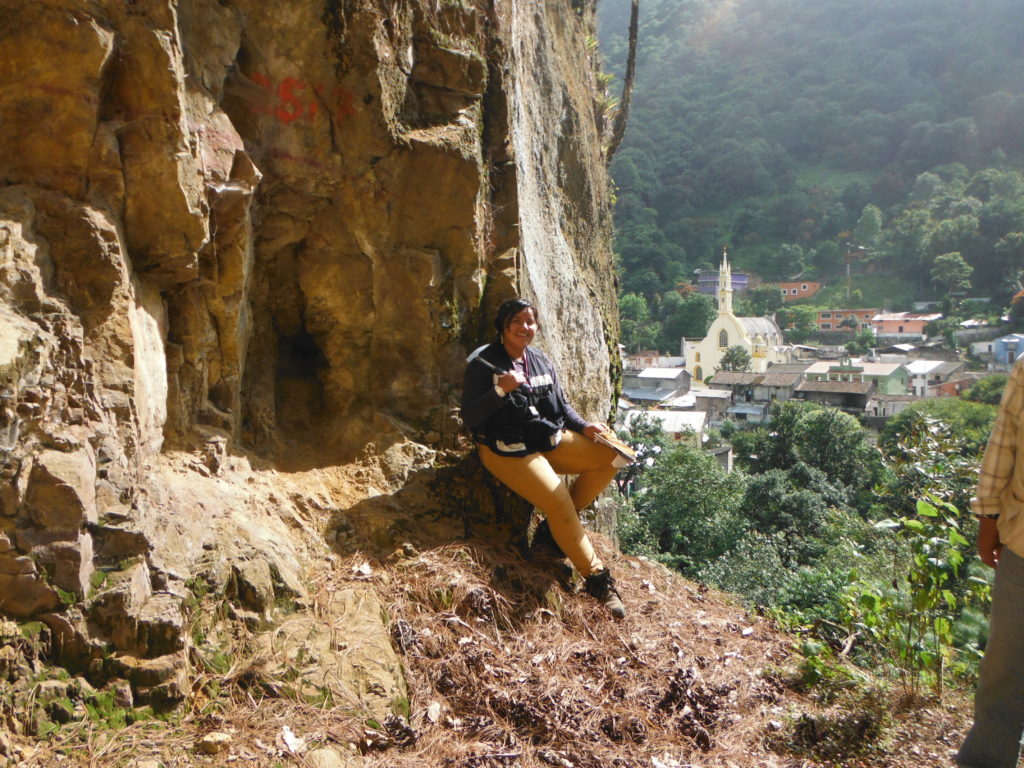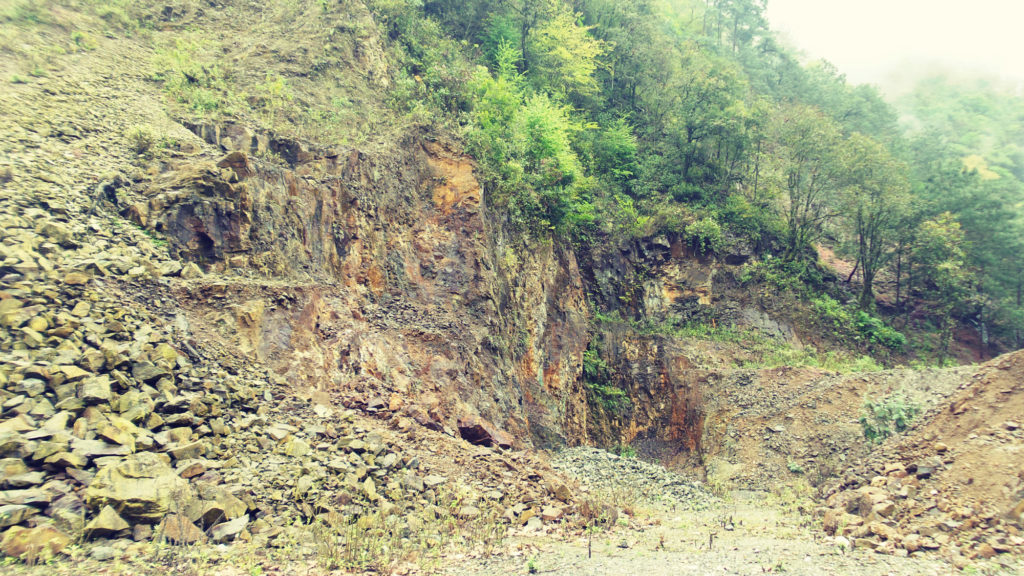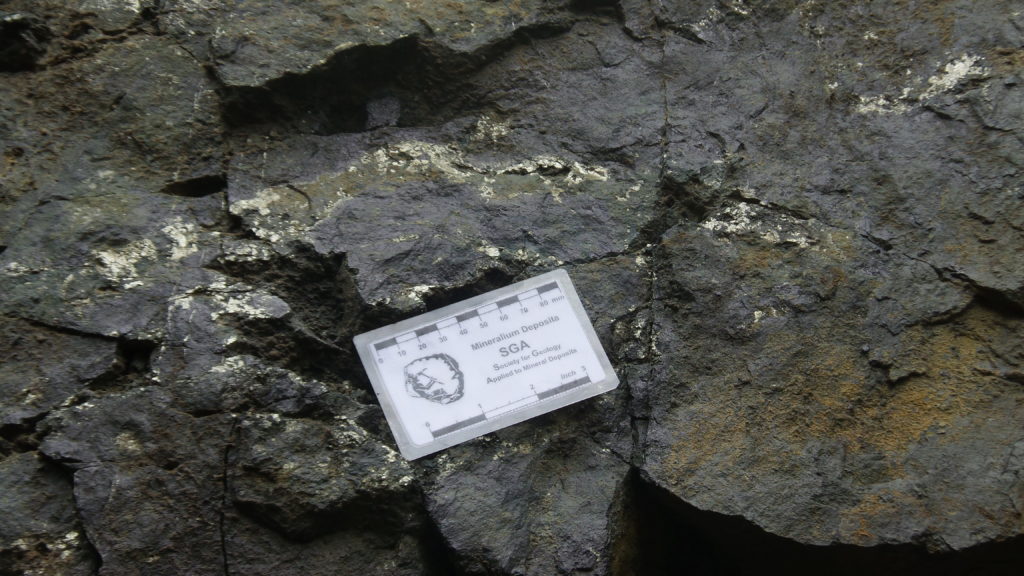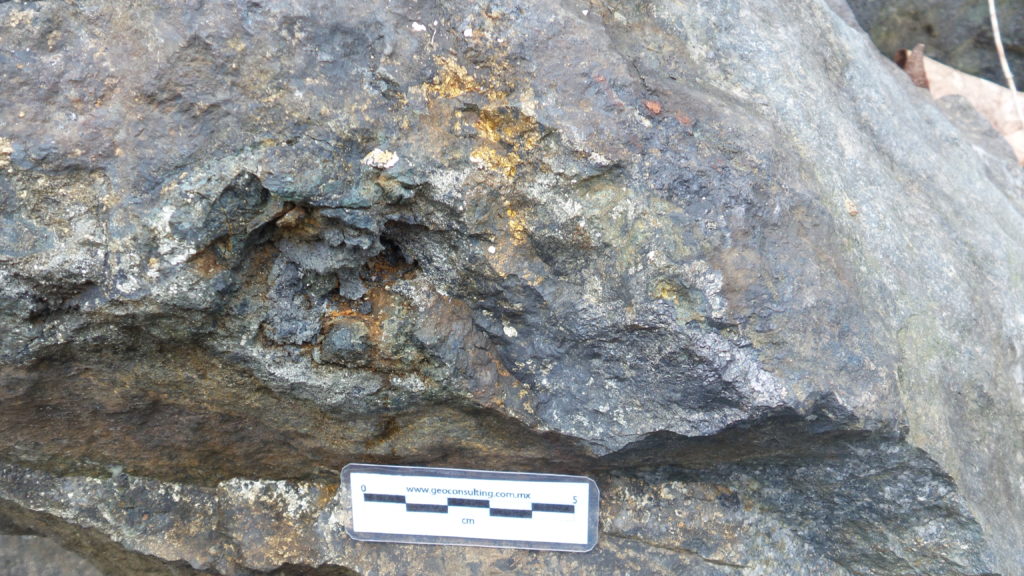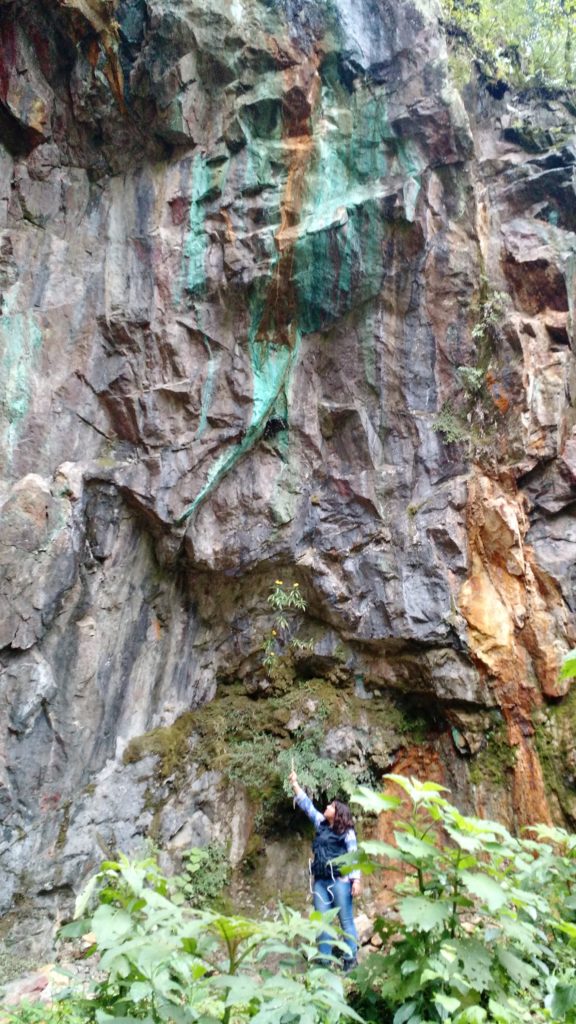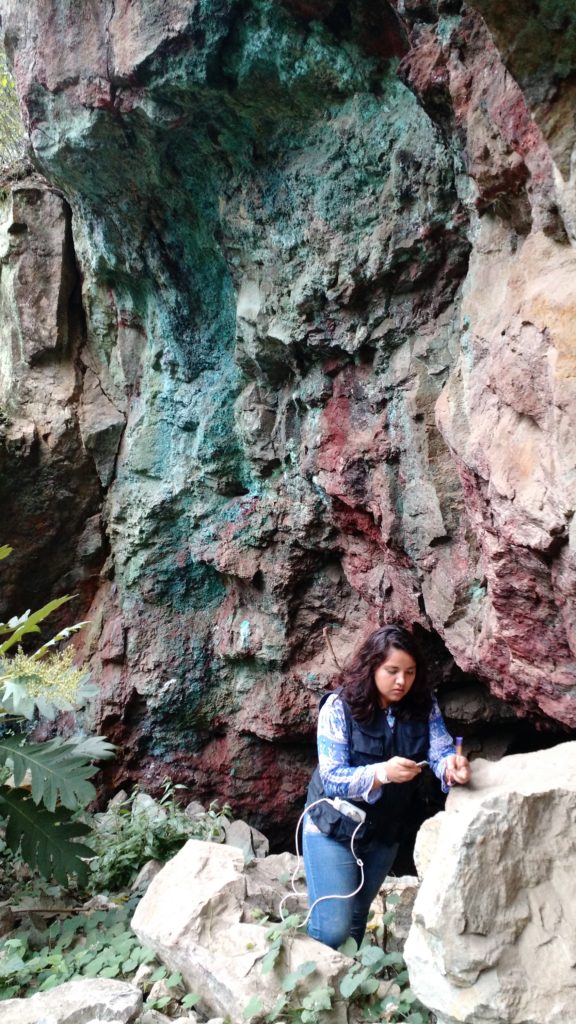Clic aquí fortaleza y la versión española.
My name is Cynthia Dorantes, I am Engineer Geologist, studying at the Center for Earth Sciences at the Instituto Politecnico Nacional (IPN), when I came to fieldcamp in exploration and mining, I started to draw attention to the exploration of metal deposits and fell in love with exploration. Carrying out a new challenged in my life, I started a thesis on the type deposits IOCG since in Mexico very few sites have these characteristics, and in the area of Las Minas Veracruz was presented certain typical of IOCG characteristics. The thesis was published in several articles with the help of a local expert. The thesis had a great impact and was a new contribution of such deposits achieved my goals and objectives. I consider myself a warrior, enterprising, cheerful, determined, a woman with many goals and objectives to be achieved. I love geology, rocks, landscapes, adventure, challenges, animals, traveling, meet new horizons, read, and one of my many goals is to grow professionally learning every day and contributing to new knowledge in the field of geological exploration. This is me…
The Las Minas area, in the centre of Veracruz, near the border of Puebla, 50 kilometres northwest of Xalapa and eight kilometres northwest Las Vigas Ramirez, is made up of large limestone sequences of Early Cretaceous age belonging to the Orizaba Formation, which have been strongly deformed by the Laramide orogeny as well as plutonic rocks from gabbroic to granitic compositions which, in turn, formed skarn and marble banks from contact metamorphism. The Cenozoic is represented by an extrusive igneous sequence (mainly pyroclastic), such as basaltic tuffs, volcanic ash and dacites of Lower Tertiary and Holocene ages.
The mining district of Tatatila-Las Minas dates back to pre-Conquest times, because it is known that the native Chiconquiaco used gold from their land to pay tribute to the Aztec Empire. The mines that were in operation at that time were El Alto (gold and copper), San Antonio (gold), La Sabanilla (copper), Espiritu Santo (gold) and Juanbrán (copper and gold).
The term IOCG (Iron Oxide-Copper-Gold) is given to a deposit which is rich in iron oxide, with economic content of copper, gold, with abundant magnetite or hematite (2) and (5). The origin of IOCG deposits has been debated by models ranging from metamorphic fluid to magmas involved in fluids in the crust essentially, but also considered that IOCG deposits are essentially magmatic hydrothermal systems. IOCG deposits are characterised by an area of progressive alteration from the core of high temperature to low temperature.
In most skarn, there is a general zonation pattern. The proximal part (endoskarn) will often have garnet, pyroxene, quartz, copper and gold; while in the distal parts (exoskarn) have wollastonite, pyroxene, quartz and epidote. These minerals act as indicators of the proximity to the deposit with increasing Ca and Fe between the skarn and marble.
For some skarn, these zonation patterns can be extended to a distance of several kilometres (3). At higher temperatures the state of alteration is usually anhydrous with hydrated minerals forming at lower temperature. The retrograde mineralogy of a skarn forms epidote, amphiboles, chlorite and other hydrated phases masking the sequence.
In the Las Minas area, the associated intrusions provide strong evidence that the granitic magmas are the source of the metals, as is implicit in the theory of magmatic hydrothermal ores. Metal deposits can be generated by normal magmatic processes and does not need a magma initially enriched in metals. The majority of metal deposits are related to granitoid located within magmatic arcs, although they are also present in sectors of collision and intraplate.
The geological setting of the studied area is represented by a Cretaceous sequence of calcareous rocks intruded by Tertiary granitic stocks, which generate a proximal skarn within economic IOCG (Iron Oxide Copper Gold) mineralization with typical paragenetic associations represented by copper sulfides with magnetite and economic gold grades with occasionally native copper. Gangue mineralization is compound mostly by garnet (grossular type), wollastonite, clinopyroxene and calcite, mainly on the marble fronts.
The present study was able to define prograde and retrograde zonation in surface mapping of the metamorphic halo, which varies from several meters to eight kilometers from the intrusive rocks as precursors of the skarn formation.
Here are some examples of skarn mineralization in the area and the nozzles;
References
- Evans, H. A., 1993, Ore Geology and Industrial Minerals, third edition, by A. H. Evans. Blackwell Scientific, Oxford, 390 pp.
- Hitzman, M. W., Oreskes, N., & Einaudi, M. T., 1992, Geological characteristics and tectonic setting of Proterozoic iron oxide (Cu-U-Au-REE) deposits. Precambrian Research 58, pp. 241-287.
- Evans, H. A., 1993, Ore Geology and Industrial Minerals, third edition, by A. H. Evans. Blackwell Scientific, Oxford, 390 pp.
- Meinert, L. D., 1987, Gold in Skarn Related to Epizonal Intrusions: SEG Reviews, Volume 13, 2000, 247-375.
- Williams, P. J., Barton, M. D., Johnson, D. A., et. al., 2005, Iron Oxide Copper- Gold Deposits: Geology, Space Time Distribution, and Possible Modes of Origin. Society of Economic Geologists, Inc. Economic Geology 100th Anniversary Volume, 371-399.
![]() This work is licensed under a Creative Commons Attribution-NonCommercial-ShareAlike 4.0 International License.
This work is licensed under a Creative Commons Attribution-NonCommercial-ShareAlike 4.0 International License.

